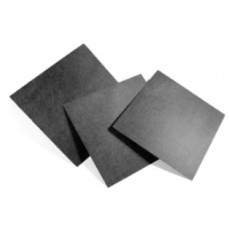
To properly operate a fuel cell, the proton exchange membranes must stay hydrated. If they are not fully humidified the conductivity decreases and therefore more energy is consumed during the proton transportation phenomenon. If it gets too dry the membrane essentially stops functioning as a proton transporter. Since a hydrogen fuel cell consumes hydrogen and oxygen to generate electricity and water, it would seem that there should be plenty of water around. This creates a problem with potentially flooding the catalyst layer if the excess water is not removed via gas flow to drive the water out of the flow field.
The hydrogen and oxygen (or air) gases need to reach the catalyst sites and the membrane in order to be converted into electricity. However, if there is any liquid water at the catalyst layer it covers up the catalyst and the gas cannot get to it, basically making the catalyst that is underwater useless - effectively reducing the active area that is available to convert H2 and O2 to electricity.
This is why the Gas Diffusion Layer is key. The GDL materials are all specially formulated with hydrophobic coatings and permeability properties. These are all designed to help get the water away from the catalyst layer while it's still in vapor form and not allow it to form droplets until it is well clear of the catalyst sites. This is even further complicated when you consider that fuel cells are operating in widely varying environments. Some need to work in hot/dry desert environments while others need to work in very humid environments. The various manufacturers each have a variety of GDL types that they have optimized for different operating parameters and different physical properties.












Enter the code in the box below: